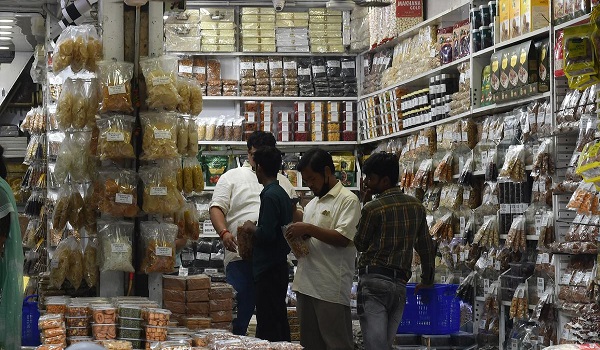Starting 1st January, a new regulation requires manufacturers and importers of packaged items to display the price per unit alongside the overall Maximum Retail Price (MRP). This decision, initially delayed multiple times, aims to provide consumers with clearer information about the products they purchase. In addition to the unit price, the month and year of manufacturing must now be prominently featured on the packaging.
Previously, importers had the flexibility to mention the manufacturing or import date for pre-packed items. However, the new rule eliminates this option, ensuring that consumers are informed about the precise age of the products. Manufacturers must now specify the unit price per kilogram or litre for items exceeding these quantities and per gram or millilitre for smaller items. Additionally, for pre-packed items with lengths surpassing one meter, the unit price will be per meter, while those less than one meter will be per centimetre.
For items with multiple units, such as pencils or pens, manufacturers must now disclose the price per piece in addition to the MRP. This transparency aims to empower consumers to make informed choices. Many industry players have already initiated compliance, and as of January 1, adherence to these regulations is mandatory. Violation of these norms will result in penal actions in accordance with the established rules.
The Consumer Affairs Ministry initially announced these changes in November 2021, setting April 2022 as the enforcement deadline. However, in collaboration with the industry, the deadline was extended to allow manufacturers and importers sufficient time for the necessary adjustments.
Furthermore, the ministry has eliminated ‘specified quantities’ norms for packaging in 19 categories, including milk, tea, biscuits, edible oil, atta, soft drinks, drinking water, baby food, pulses and cereals, cement bags, bread, and detergents. With the removal of government-mandated quantity specifications, manufacturers now have the flexibility to determine the quantities for all packaged items, fostering more choices for consumers and greater flexibility for producers in the market. This move is expected to empower consumers, allowing them to select the quantities that suit their needs without being obligated to purchase larger quantities. Similarly, manufacturers can introduce a wider range of options to cater to diverse consumer preferences.


